
The new technologies IT departments need to embrace
In the past IT departments have always been about crunching numbers and processing data. But emerging technologies are beginning to take IT into unfamiliar areas that in turn have an impact on the wider operation of the business.
Research specialist Gartner has identified six areas that it sees as potentially being adopted by business and which CIOs need to consider.
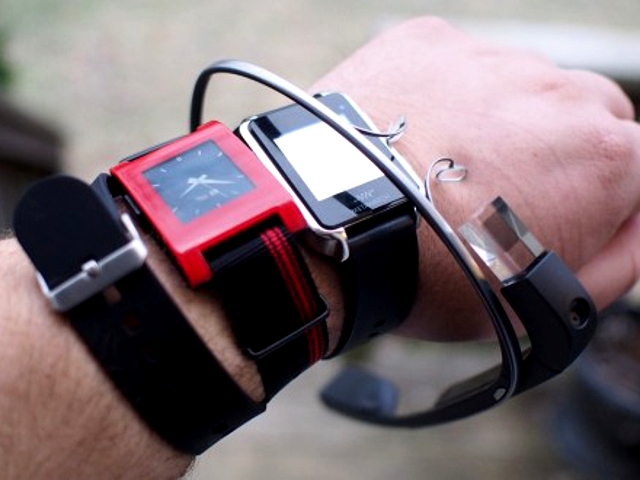
Firms need to be ready for wearable technology
According to the Ponemon Institute, cybercrime costs the average UK business around £3 million a year. As applications, platforms and devices grow, so does the number of opportunities for hackers to develop sophisticated attacks. As wearable technology begins to infiltrate the workplace this will be yet another concern for IT, and another opportunity for the hacker.
Add this to the long list of concerns that IT Admins already face: Mobile devices, laptops, desktops, and servers all need to be maintained from an update perspective or companies increase their risk of being exposed. Moreover, different users require different technologies, complicating how IT manages the IT estate. With a plethora of new office technologies surfacing and an expectation from users to work from the devices that make them productive, how do IT departments prevent vulnerabilities across their estate?
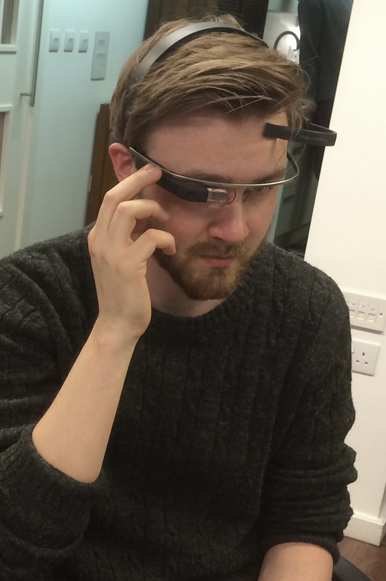
MindRDR Google Glass app gives users telekinetic powers
"Imagine a world where you can interact with a digital device just by thinking about the content you want -- that's the world we're building", enthuses This Place CEO Dusan Hamlin.
This might sound like a feature of the distant future or cutting-edge technology straight from a sci-fi film. But this is exactly what 'This Place' has created in its innovative new app called MindRDR (pronounced 'mind-reader'). Combining NeuroSky's Mindwave Mobile -- an EEG biosensor that has a contact point with the user's temple and monitors changes in the user's brainwaves -- and Google Glass, this app could be the next stage in merging wearable technology with telekinetics.
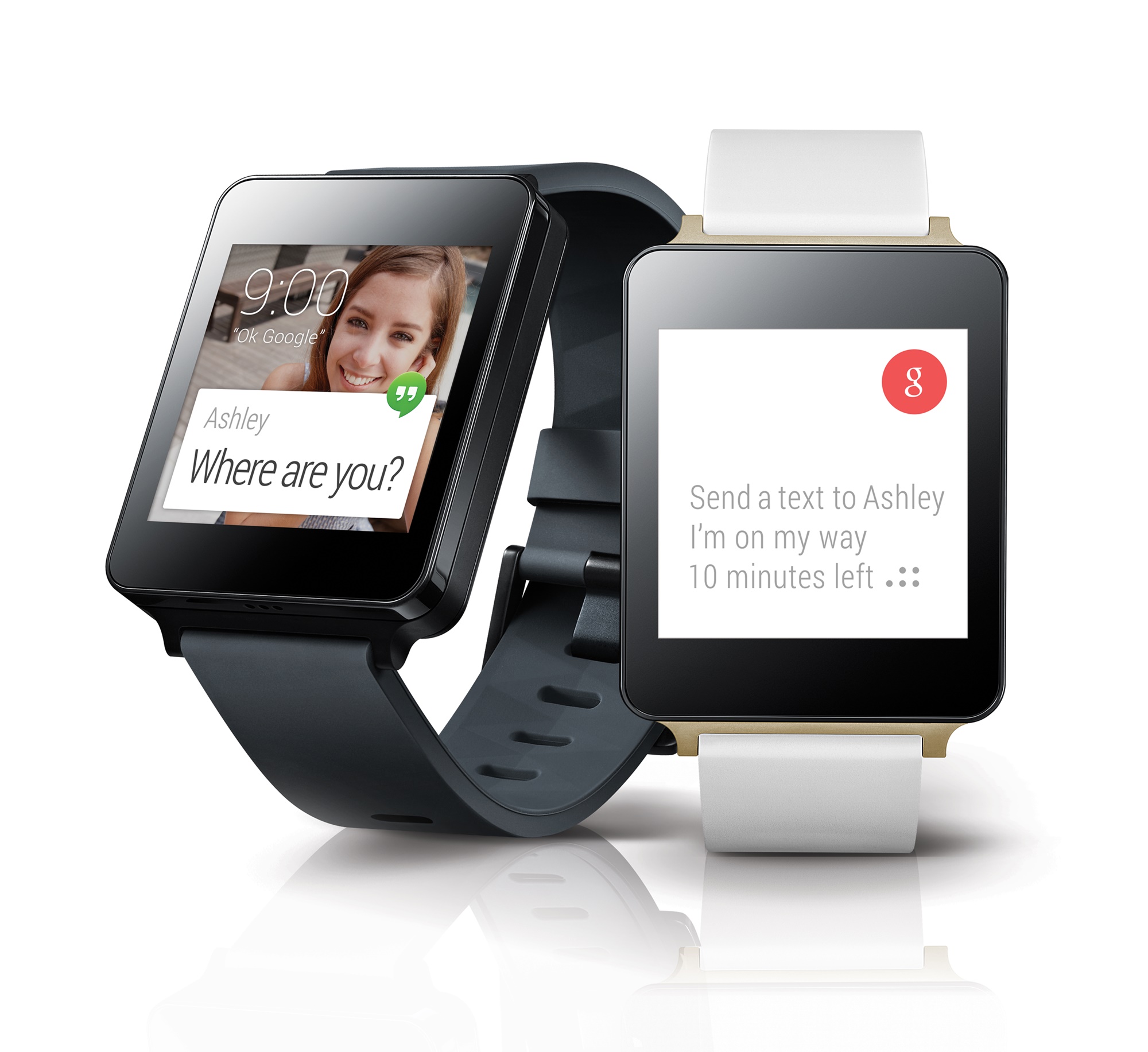
LG's G Watch is now available
Smartwatches are not hugely popular today, but the big names in the tech industry continue to jump on the bandwagon. At I/O 2014 in June, Google announced the first iteration of its operating system for wearables, Android Wear, and today LG reveals that its first smartwatch to be based on it, G Watch, is now available.
G Watch is one of three Android Wear smartwatches announced last month at Google's yearly conference, with the other two coming from fellow makers Motorola (Moto 360) and Samsung (Gear Live). LG's offering goes for sale on Google Play and, worldwide through "key" retailers.
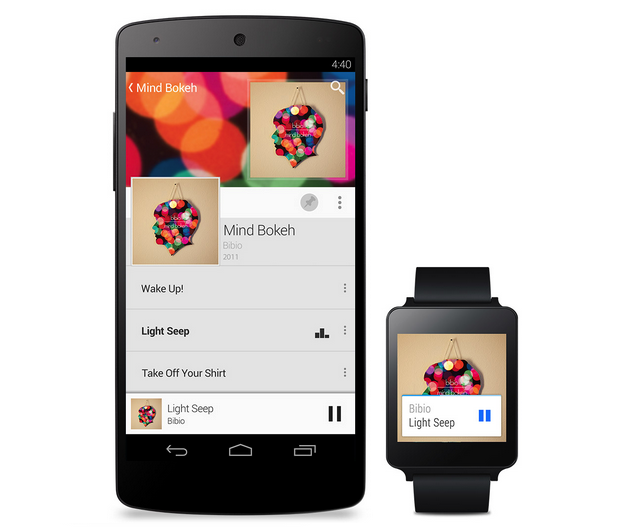
Google launches Android Wear companion app
Last month, at its yearly I/O developer conference, Google introduced Android Wear, a version of the popular open-source operating system designed for wearables, like the LG G Watch and Samsung Gear Live smartwatches. Connecting such devices to Android handsets is, as usual, a companion app, that Google just launched.
The app, called Android Wear, gives users the ability to manage their wearables, allowing them to adjust the preferences for voice commands (which play a key role in the Android Wear user experience), tweak notification settings (which, again, is an important feature for the platform), and of course configure the devices from the comfort of their Android handsets.
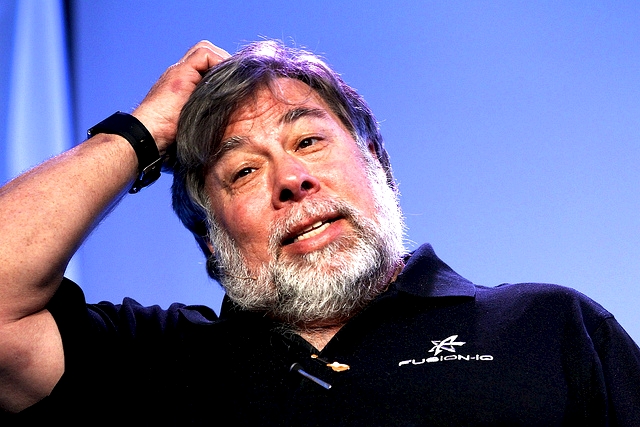
Steve Wozniak disposes of 'worthless' Samsung Galaxy Gear smartwatch on eBay
Samsung’s Galaxy Gear has been handed a rotten assessment by Apple’s gadget-loving co-founder Steve Wozniak.
The man who started up the technology behemoth with Steve Jobs complained that the smartwatch doesn’t offer the convenience he was hoping and within half a day it was up on eBay ready to be sold at a bargain price.

Samsung not concerned about the prospect of an Apple smartwatch
Speaking at a press event as part of Samsung's Business Discovery Day, Jae Shin, the vice president of Samsung's Knox mobile security business group, said that wearable devices will take off with or without Apple's help.
Historically, the hype surrounding the launch of a new Apple product has provided the kick-start for interest in a new type of technology. This has previously been the case for smartphones and tablet computers, thanks to the iPhone and iPad, respectively.
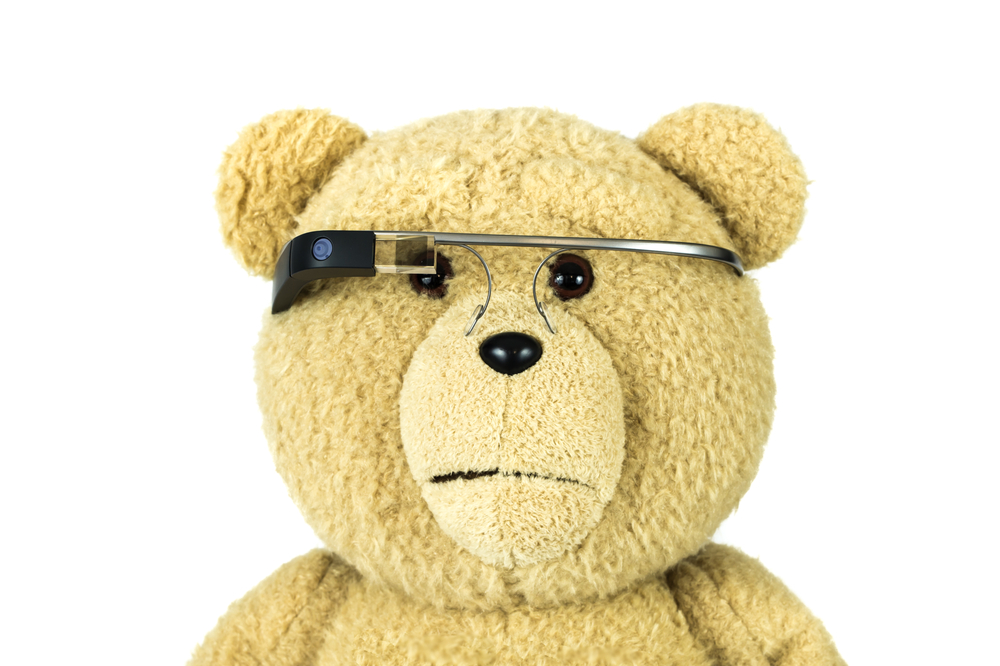
Will Google Glass ever appeal to a mainstream audience? [Poll]
Google Glass is available to purchase in both the US and UK now, although the high asking price ($1,500/£1,000) will certainly put off many potential buyers, as will the news that if Google decides to make a change to the specs’ specs in the future (as it did this week, doubling the memory to improve performance), existing users will have to pay full price to get their hands on the latest model.
But price and lack of future proofing may not be the wearable’s biggest problems. A friend of mine who tried Glass out said the device made him feel like a futuristic cyborg, but look like a massive geek. And that could be a huge stumbling block. In June, mobile App Performance Management (mAPM) firm Crittercism commissioned an online Harris Poll survey among over 2,000 US adults aged 18+ and found that of those who were interested in wearable technology twice as many (54 percent) said they would opt for a smartwatch rather than computing glasses (26 percent).
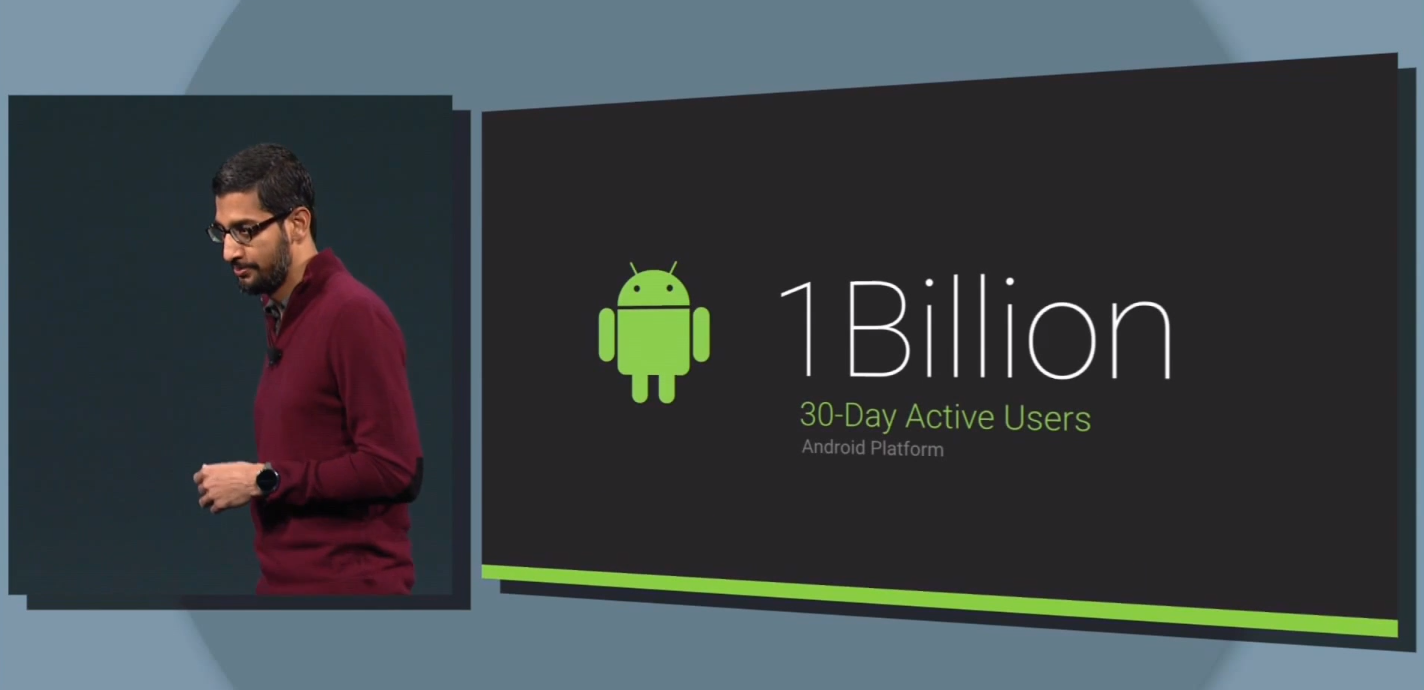
Google I/O 2014 Day 1: What you need to know
Google I/O 2014 started yesterday and, thanks to a lengthy first-day keynote, the search giant has already made plenty of headlines one after another. And for good reason, as it unveiled new software, new hardware (albeit none of it was Nexus-branded) and a number of sweeping changes to its portfolio. Say what you will, but Google sure had plenty of interesting things to show without even announcing a new Nexus tablet (as we were used to in the past two years).
The amount of information from the conference is overwhelming, so here is the tl;dr version.
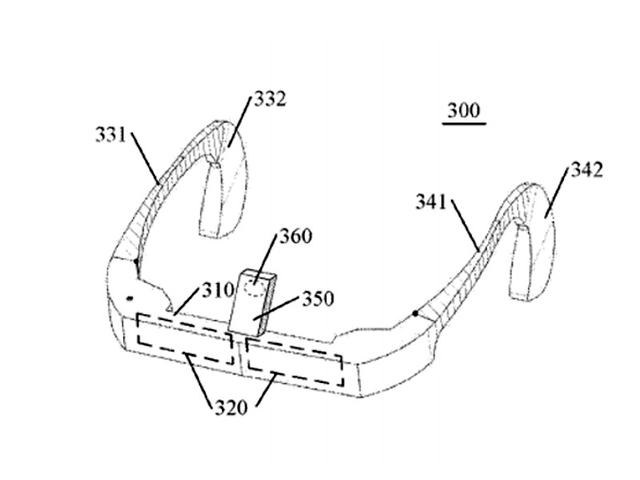
Lenovo preparing a Google Glass rival
Chinese electronics giant, Lenovo, looks set to enter the wearable technology market after filing a patent for an "Electronic Device and Sound Capturing Method".
While the patent is careful to not use the word "wearable", perhaps to avoid any lawsuits with competitors, the images show a device that certainly bears a resemblance to Google Glass.
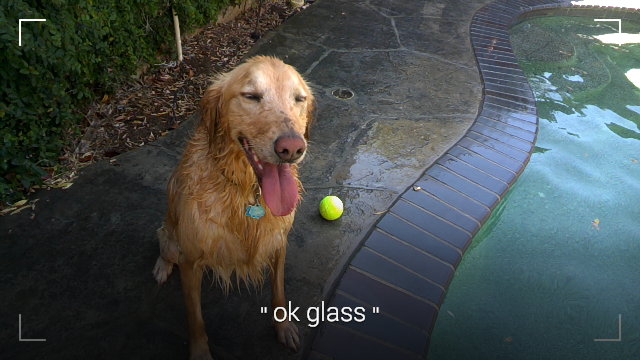
Google announces better Glass, new Glassware
Following feedback received from early adopters (known as Explorers), Google has announced a significantly revised Glass wearable. But, unlike prior iterations, it looks like this one will not be available as a free-of-charge upgrade for current users, who will now have to pay full price to get the latest and greatest.
The improved Google Glass is touted to offer better performance courtesy of a RAM capacity increase to 2 GB, which is 1 GB more than before (prior versions only allowed 682 MB of RAM to be effectively used, making the difference quite substantial). There are also more Google Now cards available, which will display extra information like shipping delivery estimates and car location.

Google Glass can help you survive the zombie apocalypse
Still trying to justify the cost of Google Glass to yourself, or your significant other? The ability to use it to evade zombies and get fit in the process might not be enough to tip the balance, but it’s certainly another tick in the 'for' column.
Immersive fitness app Zombies, Run! has been adapted to work with Google’s wearable. If you’re not familiar with it, the app essentially turns a real-world jog into a journey through the zombie apocalypse. On Android and iOS it’s pretty much an audio-only affair, but the Glass Edition changes that.
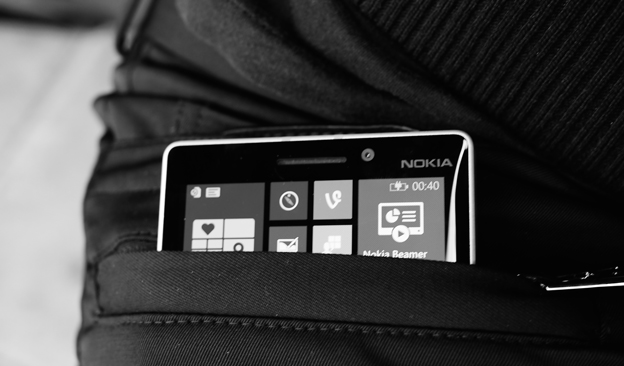
Wireless charging in your pants? Yes, coming soon
Microsoft has figured out a way of making wireless charging readily available wherever you go. While that may sound futuristic, it actually is far from it in fact. All you need is the right pair of pants.
Microsoft has teamed up with British designer A. Sauvage to bring the convenience of wireless charging in the "Modern Man" trousers, which are part of "London Collections". The technology bit is achieved by making (clever) use of the Nokia DC-50 wireless charging plate, which is based on the popular Qi standard.
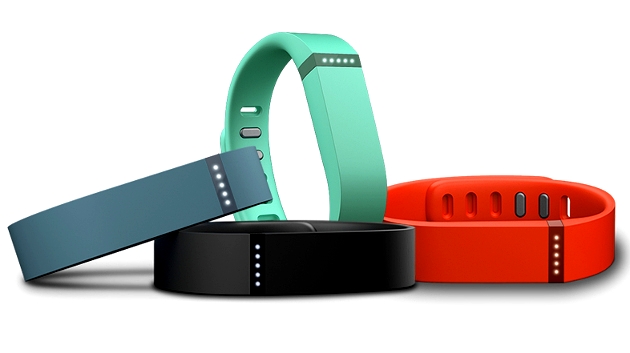
Fitbit app coming to Windows Phone 8.1
Part of the Windows Phone app-gap problem is the lack of support from wearable companies, that either bump into software limitations or prefer to focus most, if not all, of their attention on Android and iOS, which make up for more than 90 percent of the smartphone market.
As a result, many users of the tiled mobile operating system turn to third-party apps, constantly ask manufacturers for support, or just give up on the idea of using wearables altogether. With Windows Phone 8.1, however, things are looking up -- Fitbit is jumping onboard.

There's so much more to health tech than wristbands
The technology and health arena has seen massive growth over the last couple of years. Wristbands are everywhere you look. Mobile phones are getting pedometers. Apps that can monitor activity abound. We're becoming a society which is focused on the concept of wellness. Heck, even Apple, the great god of all things stylish, might be getting in on the act.
But the relationship between technology and health goes a lot further than a wrist or pocket-friendly gadget that can count your steps.
